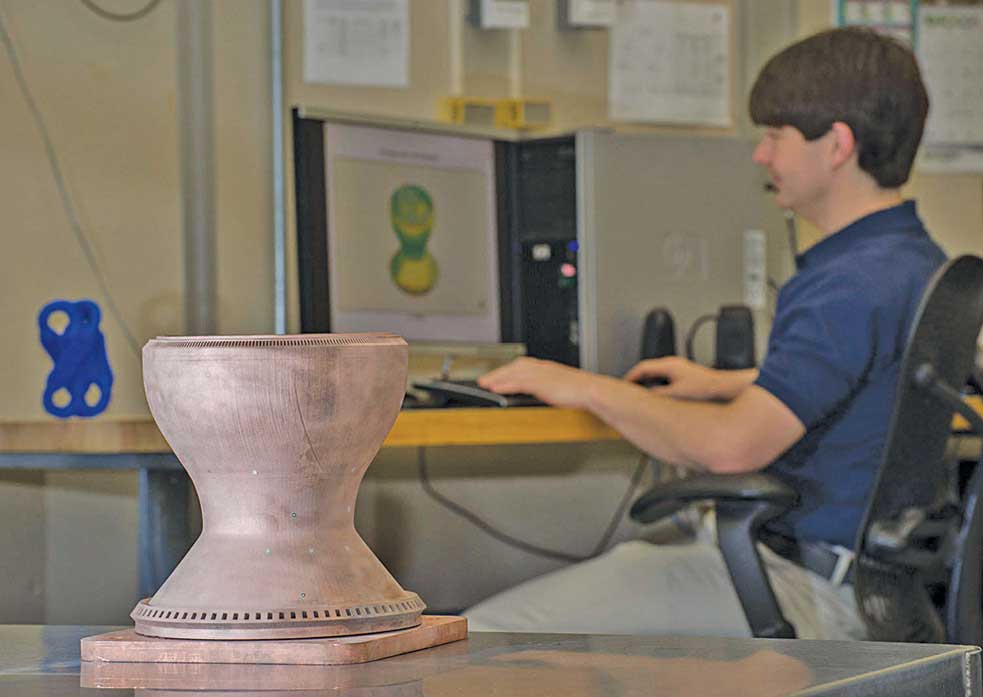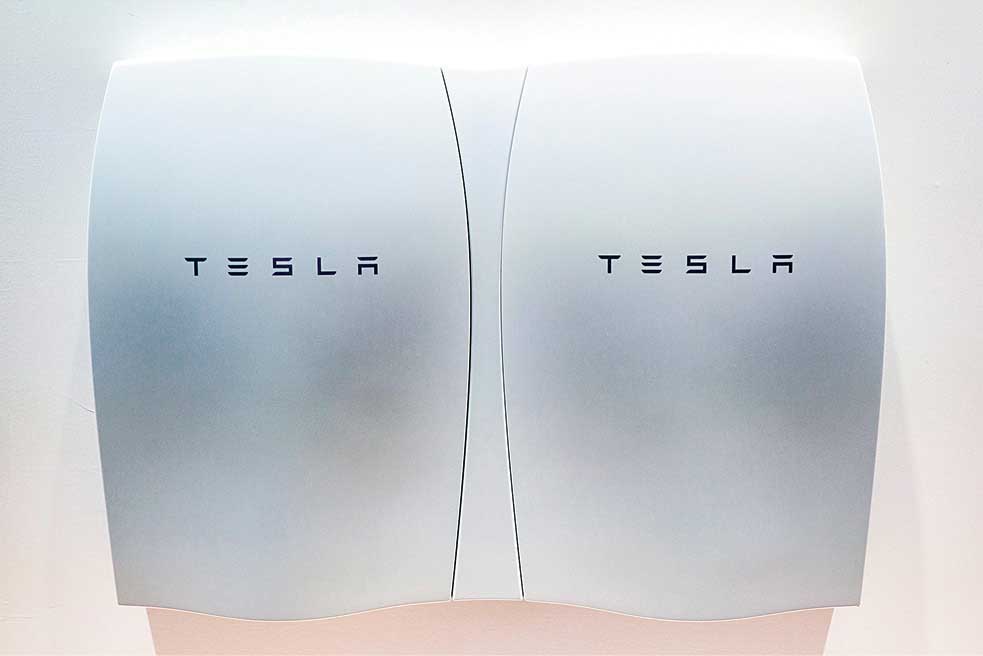The plastic acoustruments can be made rapidly and inexpensively as no electrical circuitry is involved.
Engineers create world’s smallest beamsplitter
As computer technology is forging ahead, demand for processing information at ultra-fast speed is also increasing. Scientists believe that silicon photonics has the potential of improving performance and speed of machines such as supercomputers. Instead of using electrons for transferring and manipulating information, this technology uses photons of laser light. Engineers from University of Utah have taken a step in the direction of developing computers and mobile devices that could compute information at the speed of light, that is, millions of times faster than present-day machines.
They have designed an integrated-nanophotonics polarisation beamsplitter on top of a silicon chip that can divide incoming light waves in two. As a result, two distinct channels of separately polarised information are generated. The extremely-small beamsplitter is the world’s smallest polarisation beamsplitter, and is just 2.4 microns by 2.4 microns (approx. one-fiftieth the width of a human hair). By applying the new nonlinear optimisation algorithm, researchers were able to scale down the size of the device from 100 microns by 100 microns. This will help them in devising silicon photonic chips to direct light waves in different ways and to pack millions of beamsplitters on an individual chip.
Smartglasses that can read emotions
Microsoft has been awarded a patent for smartglasses that would allow users to detect and interpret emotions of people within their field-of-vision. Users would be able to determine whom to analyse, whether an individual or a group, without their knowing.
Sensors, including depth cameras and a microphone mounted on the nose bridge, will pick up visual and audio information from a subject. This would be processed for things like subtle variations in speech rhythm and amplitude, choice of words, type and speed of gestures, eye focus and body posture.
This information will then be beamed to Microsoft’s databases and an emotional determination will be relayed back to the user through the smartglasses.
NASA 3D prints copper rocket engine part

Engineers at NASA have developed the first full-scale, 3D-printed copper rocket engine part, a combustion chamber liner that operates at extreme temperatures and pressures.
Numerous complex parts made of many different materials are assembled to make engines that provide the thrust that powers the rockets.
Additive manufacturing has the potential to reduce the time and cost of making rocket parts like the copper liner found in rocket combustion chambers where super-cold propellants are mixed and heated to extreme temperatures needed to send rockets to space.
A selective laser melting machine in Marshall Space Flight Centre’s Materials and Processing Laboratory fused 8255 layers of copper powder to make the chamber in ten days and 18 hours.
Before making the liner, materials engineers built several other test parts, characterised the material and created a process for additive manufacturing with copper.
Disney’s 3D printer uses fabric to create soft objects
A new type of 3D printer, created by Disney Research, allows layers of soft fabric to be used instead of plastic or metal. The printer works by laying down a sheet of fabric, felt, cotton or synthetic, and using a laser to cut the shape of the bottom-most layer.
The sheet is then treated with a heat-sensitive adhesive and another layer of fabric placed on top, which is then laser-cut again in the shape of the next layer, and so on. At the end, the fabric surrounding the object being built, layer by layer, can be removed, leaving behind the object itself.
Tesla introduces batteries to power homes

American electric carmaker, Tesla Motors, has launched batteries that can power homes and businesses in an attempt to expand beyond its automobile business. The rechargeable lithium-ion battery unit would be built using the same batteries Tesla produces for its electric vehicles.
CEO Elon Musk has said that these batteries would store solar energy and serve as a backup system during blackouts. The system, called Powerwall, would allow users to get off a power grid or bring energy to remote areas that are not on a grid.
Dlodlo to bring to market world’s lightest VR glasses
Dlodlo is in works to bring to market what the company claims to be the world’s lightest portable immersive virtual reality (VR) glasses. Stylish, wireless and ultra-lightweight at just 120gm, Dlodlo VR glasses look and fit like regular sunglasses. These offer full-HD resolution with 16:9 aspect ratio and a fast 120Hz refresh rate.






